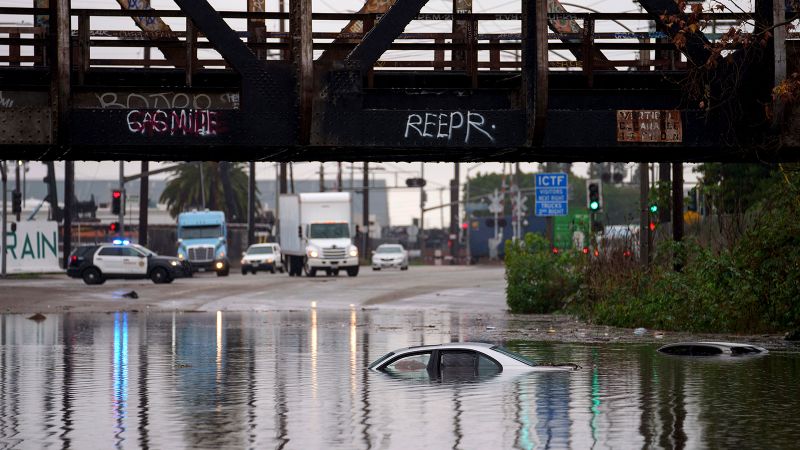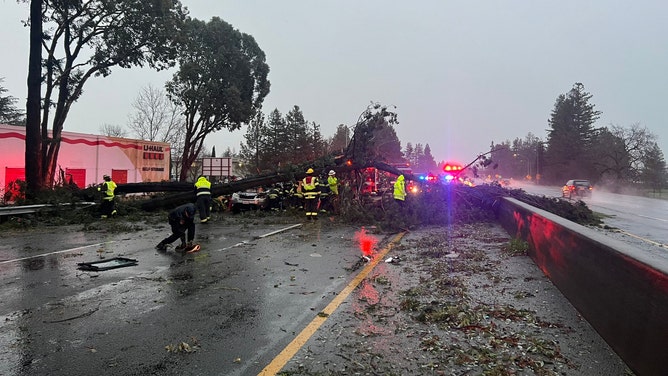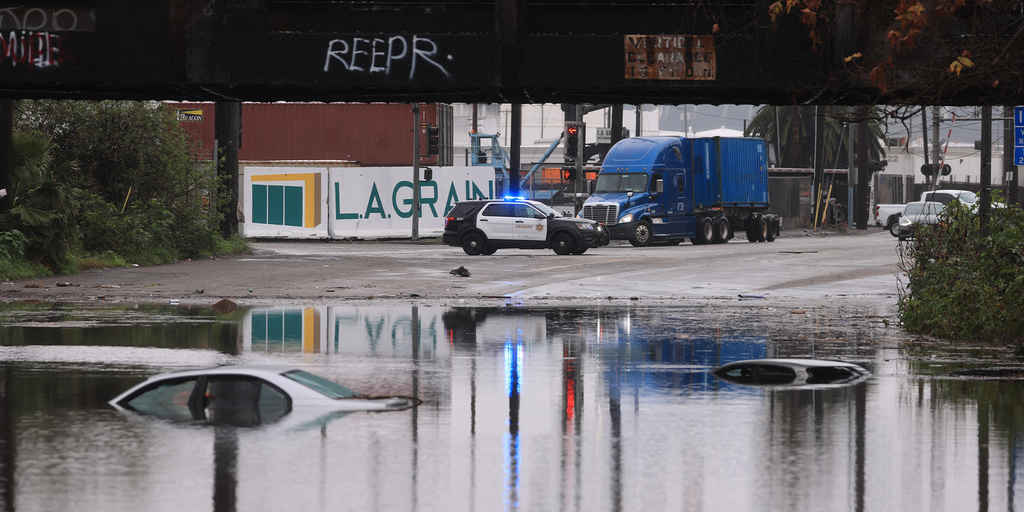
On Monday, February 5th, a rare Level 4 of 4 risk of excessive rainfall was in effect for more than 14 million across Southern California. The storm brought heavy rain and destructive winds to the area causing flooding and landslides. At least one fatality has been reported due to a tree falling on someone during the storm, while Los Angeles saw its wettest day in 20 years with an astonishing 4.1 inches of rain on Sunday marking the wettest day downtown since December 29, 2004.








